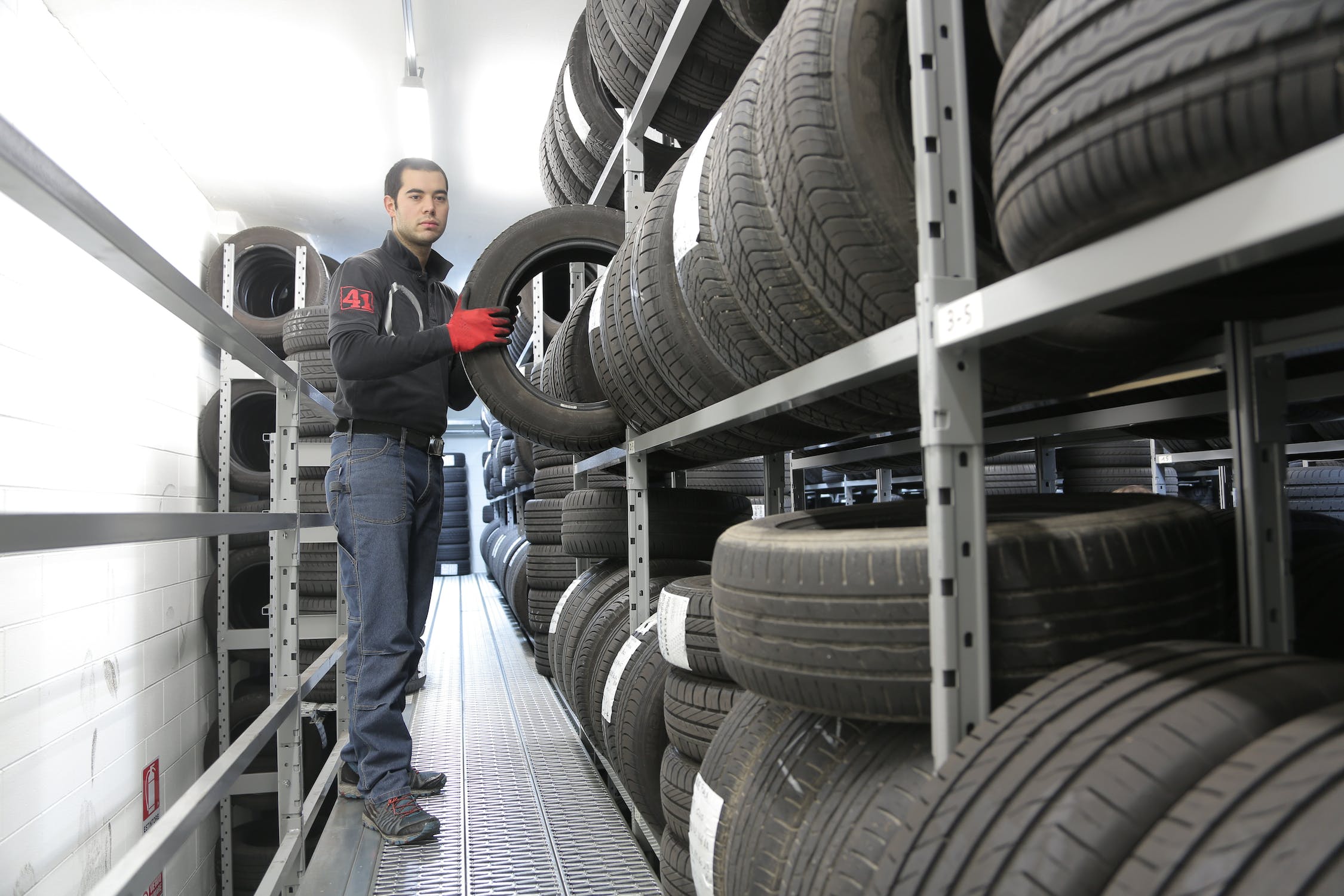
22 Apr RUBBER PRODUCTS AND TIRES BOUNCE BACK
The rubber industry is undergoing loads of new transitions as it adapts to the evolving demands of our modern world. A major area of focus within this sector is the development of solutions that are greener, more innovative, and more high-performing. Curious to learn more? Join us as we review what the future of rubber products and tires will bring.
To lead off: As the need for environmentally friendly solutions grows, the rubber industry is increasingly focusing on green and eco-friendly materials. One promising development is the use of bio-based rubber, derived from renewable resources like dandelions and guayule. These plants produce natural rubber latex that can be processed into various rubber products, reducing the reliance on petroleum-based synthetic rubber and lessening the environmental impact of rubber production.
Beyond this, the industry is exploring the use of recycled materials, such as rubber from end-of-life tires, in the manufacturing of new products. This helps to promote a circular economy and reduce waste.
The tire industry is at the forefront of innovation too, with numerous advancements currently happening in tire design and performance. One illustration here is the development of airless tires, which are puncture-proof and require less maintenance than traditional offerings. These solutions rely on a honeycomb-like structure to provide support and flexibility, eliminating the need for air pressure. As airless tire technology continues to mature, it has the potential to significantly disrupt the market.
The development of smart tires which incorporate sensors and electronics to monitor tire performance in real-time is another cool innovation that’s happening too. Such information can be used to optimize driving conditions, improve fuel efficiency, and enhance safety.
Fuel efficiency and reduced CO2 emissions are major concerns for the automotive industry, and tire manufacturers are playing a crucial role in addressing these challenges as well. Low-rolling resistance tires are designed to minimize energy loss as the tire rolls, resulting in reduced fuel consumption and lower emissions. These tires are made with advanced materials and innovative tread patterns that optimize their performance without compromising traction or safety.
Moreover, you should also know: As autonomous vehicles become more prevalent, the role of tires will continue to evolve. They’ll effectively need to provide enhanced performance, durability, and adaptability to various driving conditions. In addition, the integration of sensors and electronics within tires will be crucial for the effective functioning of autonomous vehicles, as they provide essential information on road conditions, tire performance, and overall vehicle stability.
As the demand for rubber products and tires grows, so too does the need for effective recycling and end-of-life management solutions as well. New recycling technologies, such as pyrolysis and devulcanization, are being developed to recover valuable materials from used tires and rubber products. These innovations help to reduce waste, promote a circular economy, and support the development of more sustainable rubber products.



